Have you ever considered how a simple screwdriver could make or break your project-or even your safety? Quality tools, like those from Fanttik, aren't just about convenience; they're your shield against accidents. A well-maintained screwdriver with a proper fit reduces the risk of slips that can cause injuries or damage your work. Whether you're a DIY enthusiast or a pro, using top-notch tools in good condition is crucial. They offer better grip, more precise control, and reliability under pressure. Before your next project, take a moment to inspect your screwdrivers. Are they up to the task, or are they potential hazards?

The Basics of Screwdriver Use
Selecting the Right Tool for the Job
Choosing the correct screwdriver is more than just grabbing the first one you see. It's about matching the tool to the task at hand. Consider the screw's head type: is it a flathead, Phillips, Torx, or something else? Each requires a specific screwdriver tip to engage properly.
Size matters too. A screwdriver that's too small can slip and damage the screw or injure you. One that's too large won't fit properly, leading to frustration and potential accidents. Take a moment to assess the screw size and select a screwdriver that fits snugly.
Quality Counts: The Fanttik Advantage
Using high-quality tools isn't just about making your job easier-it's a crucial safety measure. Well-crafted screwdrivers, like those from Fanttik Screwdriver, offer several advantages:
- Durability: They're less likely to break or wear down during use, reducing the risk of sudden failures.
- Precision: Quality tools provide better fit and control, minimizing slips and stripped screws.
- Comfort: Ergonomic designs reduce hand fatigue, allowing for safer, more controlled use over extended periods.
Fanttik's range of screwdrivers exemplifies these qualities, combining innovative design with robust construction to enhance both safety and efficiency.
Maintenance Matters
Even the best tools require care. Regularly inspect your screwdrivers for signs of wear or damage. Look for:
- Bent or chipped tips
- Loose handles
- Excessive wear on the grip
By keeping your tools in top condition, you're not just extending their life-you're safeguarding yourself against potential accidents caused by tool failure.
A well-chosen, high-quality screwdriver isn't an expense-it's an investment in your safety and the quality of your work.
Screwdriver Safety: Common Mistakes and Their Consequences
Common Mistakes to Watch Out For
Using a screwdriver might seem straightforward, but there are several pitfalls that even experienced DIY enthusiasts can fall into:
- Mismatched Size: Choosing a screwdriver that's too big or small for the screw head is a frequent error. This mismatch can lead to slippage and potential injury.
- Incorrect Tip Type: Using a Phillips head for a flathead screw (or vice versa) is a recipe for disaster. Each screw type requires its specific driver.
- Excessive Force: Applying too much pressure can damage both the screw and the screwdriver, not to mention increase the risk of injury.
- Neglecting Worn Tools: Continuing to use screwdrivers with damaged tips or worn handles is a common oversight that can lead to accidents.
The Consequences of Carelessness
These mistakes aren't just annoying-they can have serious repercussions:
- Stripped Screws and Damaged Materials: When you use the wrong screwdriver, you risk stripping the screw head. This not only makes removal difficult but can also damage the surrounding material. In delicate electronics or fine woodworking, such damage can be costly or irreparable.
- Personal Injuries: Slips caused by mismatched or worn tools can result in cuts, punctures, or even eye injuries from flying debris. In more severe cases, a screwdriver can become a projectile if it slips off a screw head while you're applying significant force.
- Compromised Work Quality: Using the incorrect tool often leads to subpar results. Screws may not be fully tightened, leading to loose connections or unstable structures. This can be particularly dangerous in load-bearing applications.
- Long-Term Tool Damage: Consistently misusing your screwdrivers can cause premature wear and tear. This not only shortens the lifespan of your tools but also increases the risk of accidents in future projects.
A moment of caution can prevent hours of frustration-or worse, a trip to the emergency room.
Mastering Screwdriver Techniques: Safe and Efficient Use
1. Proper Grip and Positioning
Hold the screwdriver firmly but not too tightly. Rest your palm on the handle's end with your fingers wrapped around it. Keep the screwdriver perpendicular to the surface and use your whole arm to apply force, not just your wrist. This ensures better control and reduces the risk of slips.
2. Maximizing Control and Precision
For added stability, use your other hand to steady the screwdriver shaft near the tip. When working on delicate tasks, try holding the screwdriver like a pencil for finer control. If you're using a power screwdriver, start at a low speed to ensure proper alignment before increasing speed.
3. Ergonomic Practices for Health
To prevent strain, switch between different grip styles and take short breaks every 15-20 minutes. Always maintain good posture by keeping your back straight and shoulders relaxed. Using the right size and type of screwdriver for each job not only improves efficiency but also reduces physical strain.
These techniques will improve your skills and protect your health. Forming good habits now can prevent future injuries. Remember, quality tools like those from Fanttik can make a significant difference in your comfort and safety during use.
Essential Personal Protective Equipment for Screwdriver Use
1. Safety Goggles: Your Eyes' Best Friend
When using screwdrivers, safety goggles are crucial. They shield your eyes from flying debris, metal shavings, or even a broken screwdriver tip. Choose goggles that fit comfortably and provide clear vision. Remember, regular glasses aren't a substitute for proper safety eyewear.
2. Gloves: A Second Skin for Safety
Protective gloves offer an extra layer of defense for your hands. They guard against cuts from sharp edges and provide a better grip on the screwdriver. Opt for gloves that balance protection with dexterity, allowing you to maintain control over your tool.
3. The Right Footwear
While often overlooked, sturdy, closed-toe shoes are important when working with tools. They protect your feet from falling screwdrivers or other objects you might drop during your project.
Wearing the right PPE significantly reduces your risk of injury. Safety goggles prevent eye damage from flying particles, while gloves protect against cuts and punctures. Proper footwear safeguards your toes from impacts. Together, these simple precautions create a safer working environment, allowing you to focus on your task with peace of mind.
How to Organize Your Screwdriver Workspace
1. Keep It Clean and Clear
Keeping your work area clean and clutter-free is crucial for safe screwdriver use. Remove unnecessary items that could cause tripping hazards or interfere with your movements. Regularly sweep up debris and wipe down surfaces to prevent slips and maintain a clear view of your work.
2. Illuminate Your Work Area
Good lighting is essential for accurate and safe screwdriver use. Ensure your workspace is well-lit, with no shadowy areas that could hide potential hazards. Consider using adjustable task lighting to illuminate specific work areas, reducing eye strain and improving precision.
3. Organize Your Screwdrivers
Organize your screwdrivers in a way that allows for quick and easy identification. Use tool organizers, magnetic strips, or pegboards to keep each screwdriver visible and within reach. Group similar types together and consider color-coding handles for even faster selection.
4. Implement a 'Return After Use' System
Establish a "home" for each tool and make it a habit to return items after use. This not only keeps your workspace tidy but also prevents accidents caused by misplaced tools. It's much safer to reach for a screwdriver when you know exactly where it is.

Make Screwdriver Safety Your Top Priority
As we've explored, screwdriver safety is about more than just using the right tool. It's a combination of choosing quality equipment, understanding proper techniques, wearing protective gear, and maintaining an organized workspace. By implementing these practices, you can significantly reduce the risk of accidents and injuries while improving the quality of your work. Remember, safety isn't just about avoiding harm-it's about creating an environment where you can work confidently and efficiently. Whether you're a DIY enthusiast or a professional, making screwdriver safety a habit will not only protect you but also enhance your overall performance. So, before your next project, take a moment to review these safety tips and ensure you're set up for success.


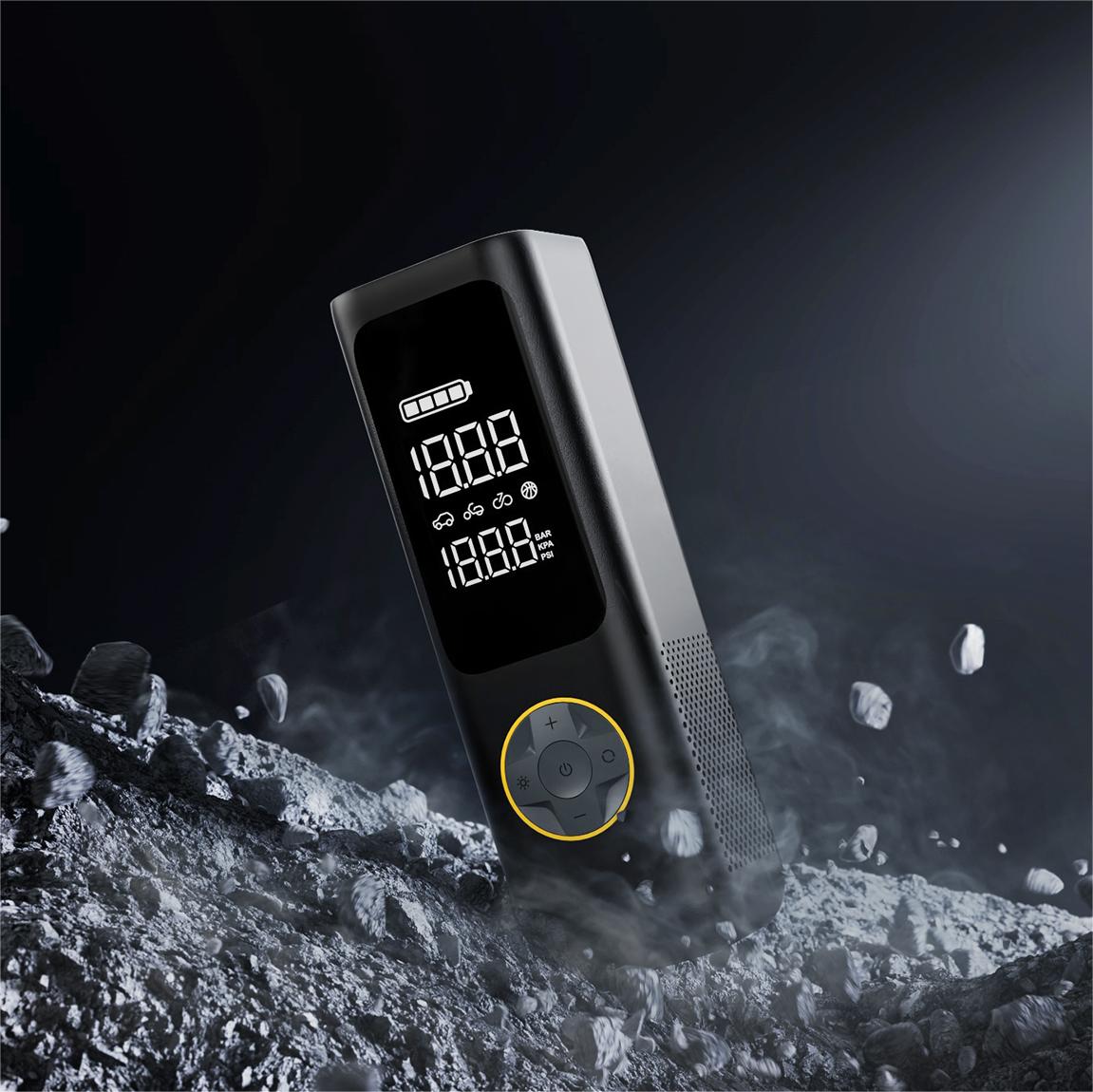

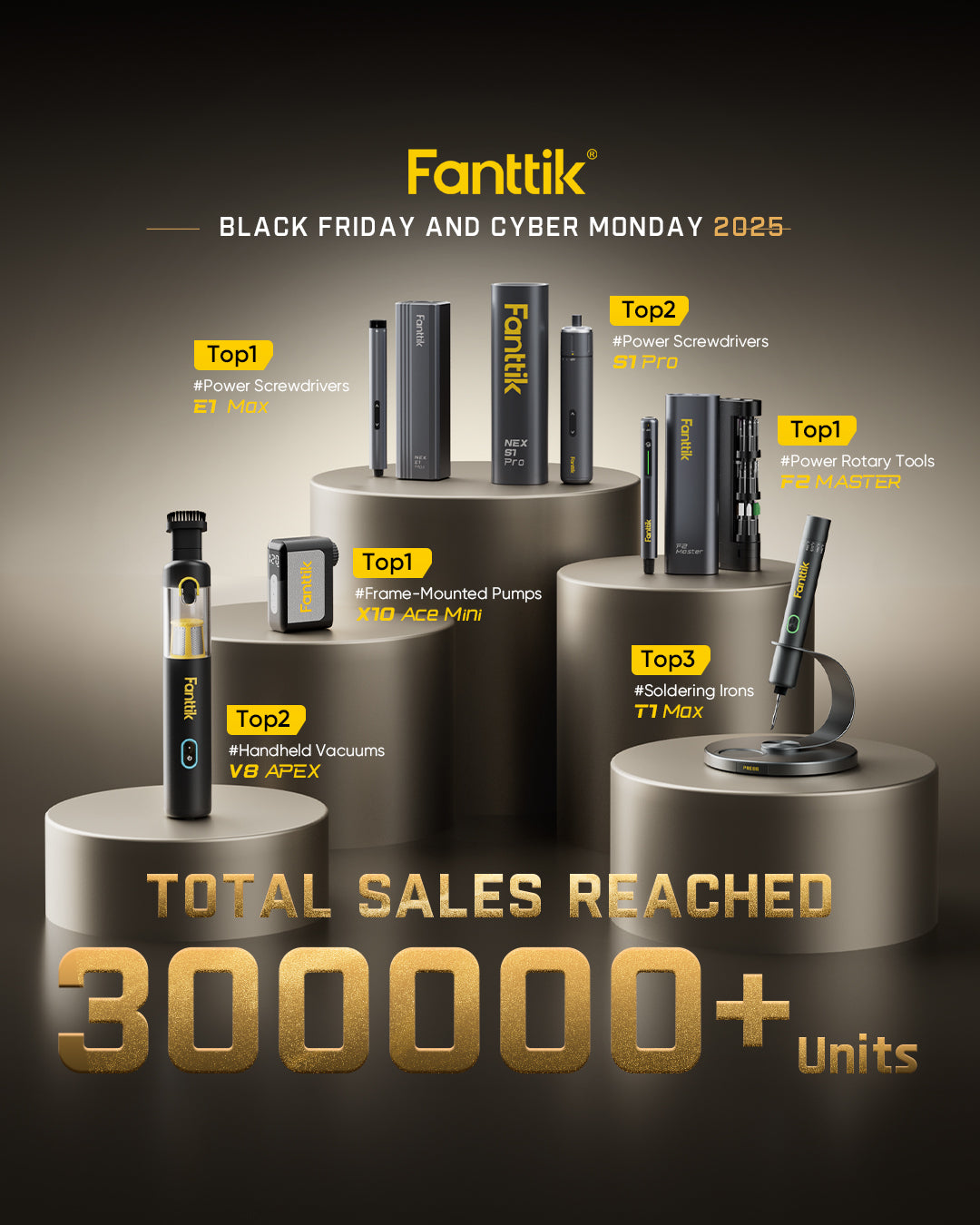
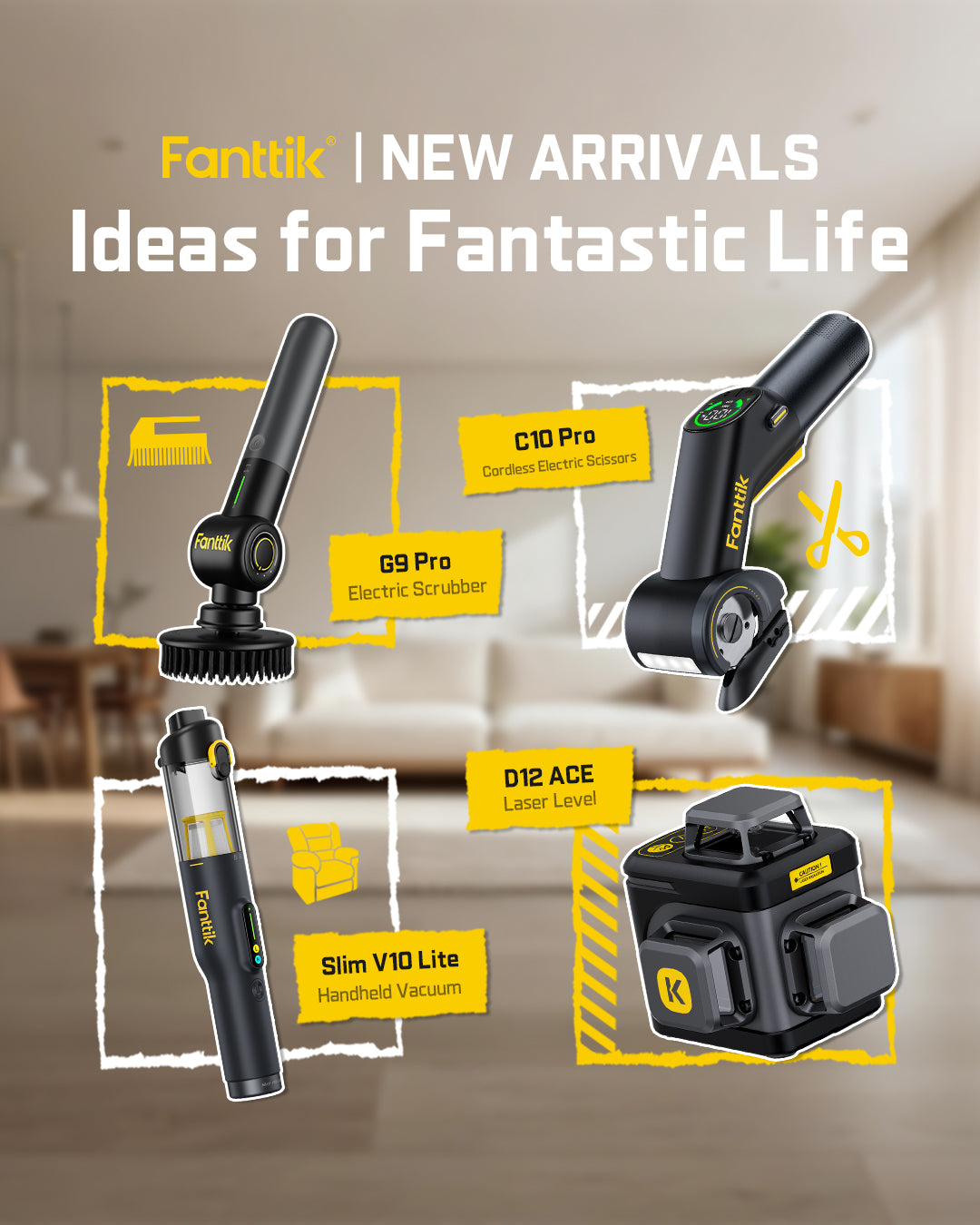
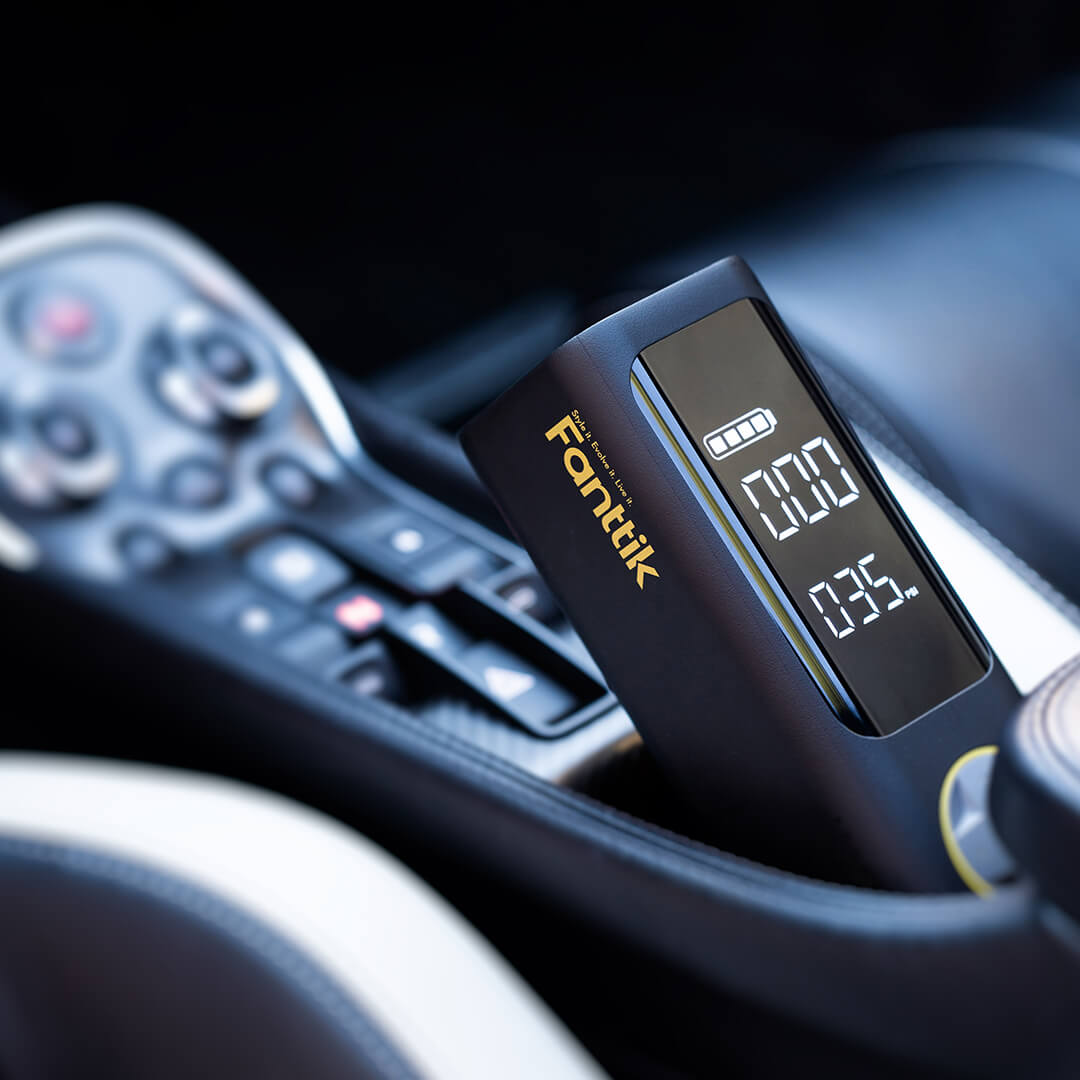
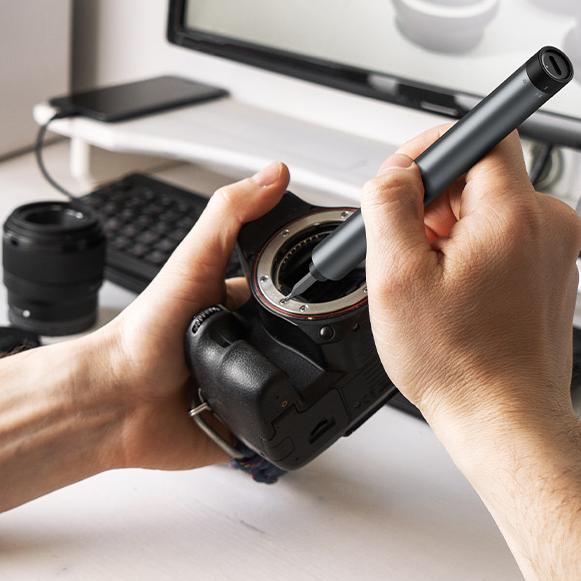



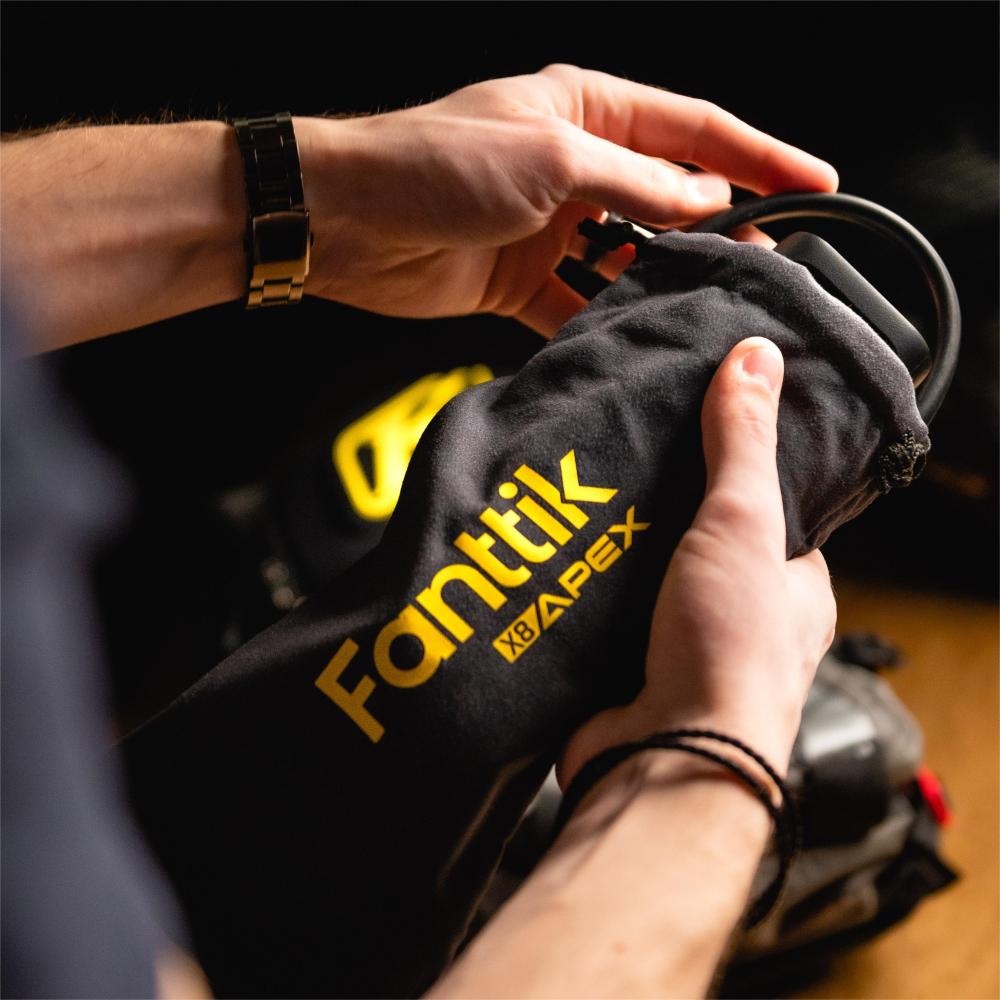

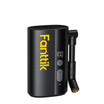
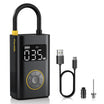
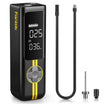
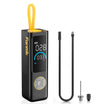
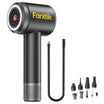
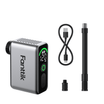
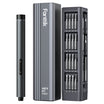
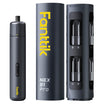
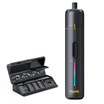
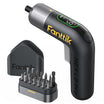
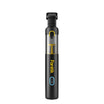
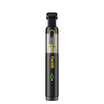
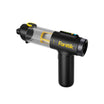
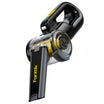
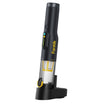
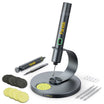
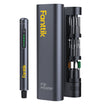
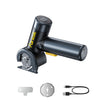
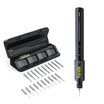
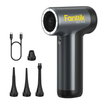
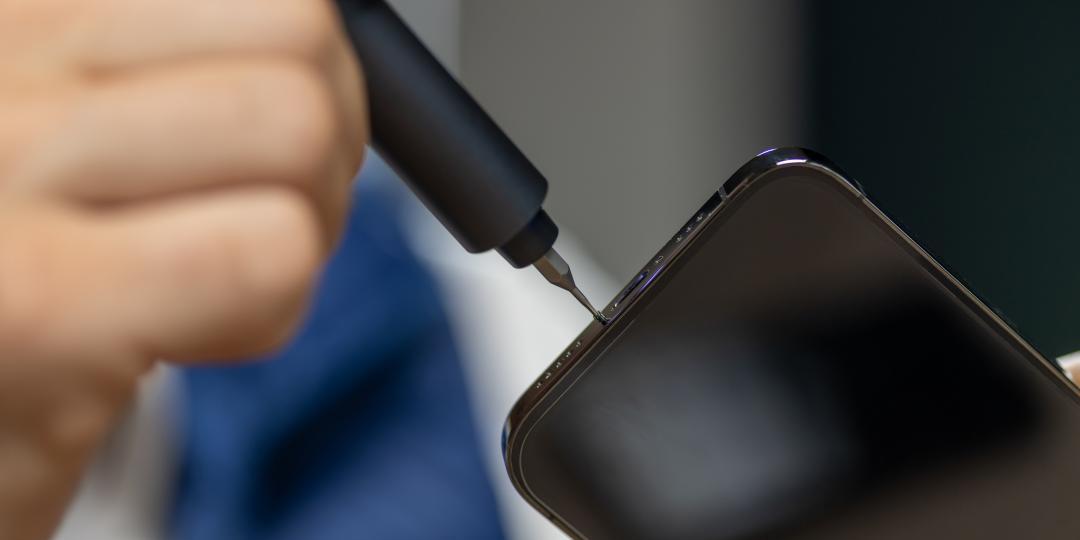

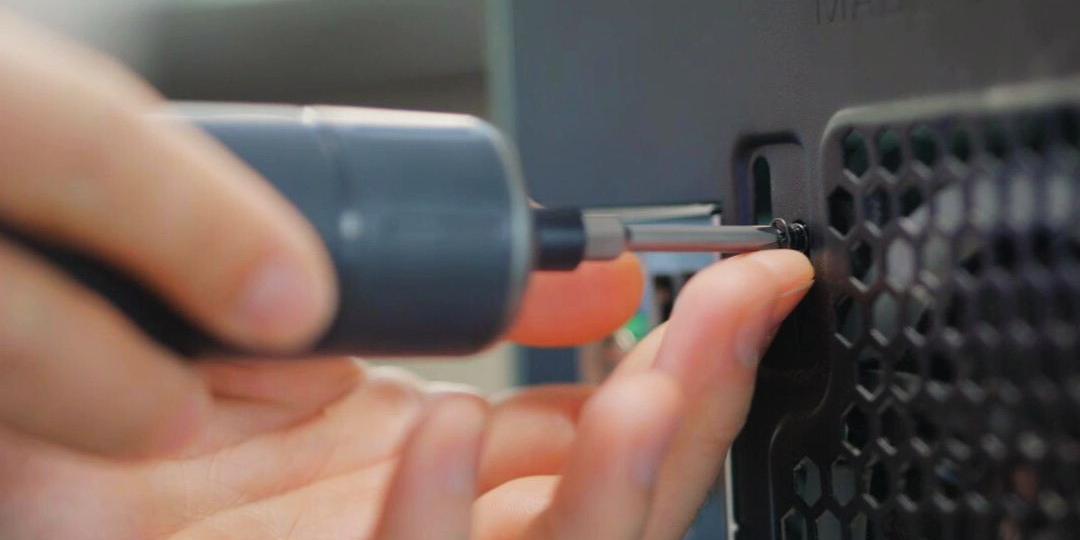
Leave a comment
All comments are moderated before being published.
This site is protected by hCaptcha and the hCaptcha Privacy Policy and Terms of Service apply.